I was “captured” not long ago, on September 25, 2018 to precise! That was the day when Fujifilm and Capture One announced their collaboration. Two months have passed, and I must say I have remained equally thrilled as in the beginning.
Background
I have been a Fujifilm X Photographer since 2013 and until now, I had been using what was regarded the most widely used software for raw file management, which was Lightroom (LR). Specifically, I have regularly used LR’s organic automated cataloging protocol to back up my files straight from a shoot. It has adequately served my purpose but I always had the feeling that something could be more suited to my needs.
When I was introduced to Capture One Pro, I immediately thought that I had finally found my match. Let me demonstrate my recent experience in working with it before I tell you why I think it may be my most important discovery of the year.
The Process
After a shoot, I usually get my card from the camera, load it in the card reader, open my raw processor and have it copy all the files to a certain folder in a drive to my computer automatically. Here is the folder structure that I currently have from importing through Lightroom.
When migrating into a new system, I would like to keep doing my automated backup routine that works for me. So, I specifically set my Capture One Pro to do just that.
Importing images
Here are the steps on how I setup and import my images from a card or disk based on my current folder structure.
Open Capture One and click on the Import Tool.
On the pop-up import dialogue box, you will find Import From which is where you will choose your source file (ie: SD card, hard drive, etc…), checking include subfolders will check on a subfolder on that particular drive while you chose the parent folder.
On the Import To, choose where you would like the files to be saved. In my case, I have it on a separate drive which has a folder named on a per year basis (ie. 2018).
On the Sub Folder, click on the … to open the Sub Folder dialog box where you will need to pick the tokens and arrange them based on how you would name the folders. In my case, it’s Image Year (yyyy), Image Month (MM), Image Day of Month (DD) with a hyphen (-) between them. Sample Path should show 2018-12-05 if your date is December 5, 2018.
I would leave the naming to Image Name as default so when imported, it uses the camera recorded file names. You can add your name in the Metadata for copyright purposes if needed.
You can save your import setup as a preset. You are now all set with the automation on the folder naming when you import your images.
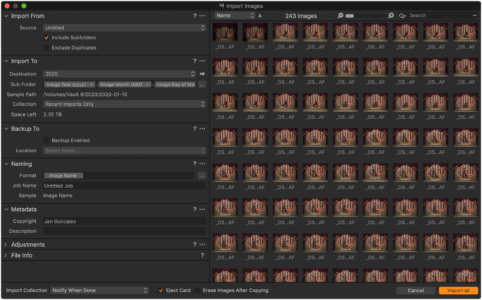 Now we are ready to Import all images.
Now we are ready to Import all images.
Importing images from existing folders
You might come across situations where you already have those existing folders that you just want to add to your catalog. In this case, there is no need to re-import the images from these folders. All you have to do is add the actual folders to your catalog. Here is how I do it.
Select the Library Tab, then navigate to Folders. These are the physical folders the images in your Catalog are located in. You can click the + sign to add a specific drive/folder which holds your images. In cases where you already have the parent folder added, simply right click on the folder and click Add folder.
When you see the folder added, you will need to right click on that folder and click Synchronize to add the content of that folder to the catalog.
A sync box appears with an image count under that folder. Wait for the spinning wheel on the lower left to finish before pressing the Sync button.
If you ticked ‘Show Importer’ an Import New Images dialog box appears, and you can click Import all to finish.
In summary, here is the flow that I have just shown:
- Insert card into card reader.
- In Capture One Pro, open The Import Tool.
- Select source.
- Set Destination folder.
- Set proper tokens to fit folder naming.
- Set Metadata (optional).
- Import all.
Just remember, you only have to set this once as settings are remembered and kept for the next Import.
Given my experience so far, I can already tell you some of my favorite things about Capture One Pro.
- It is relatively easy to use and has allowed me to effortlessly transfer and manage my files, spending less amount of time.
- Its flexible interface allows me to customize my flow process, improving my productivity and supporting my archiving needs.
If you don’t already have Capture One, you can download a 30-day free trial and try it out!

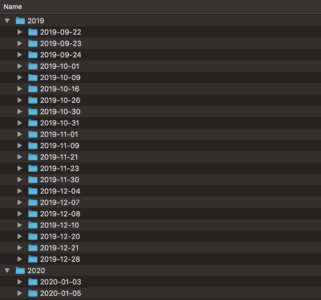
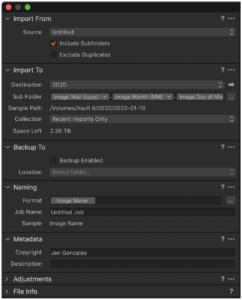
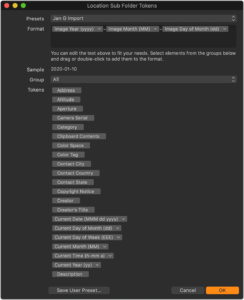
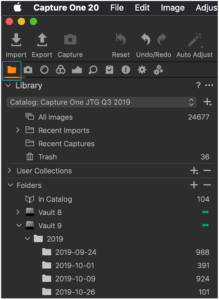
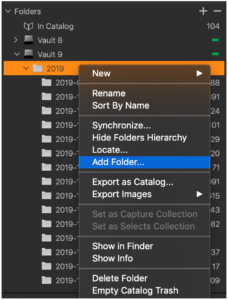
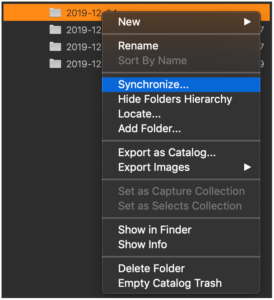
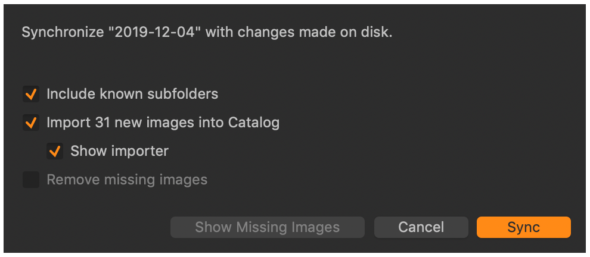

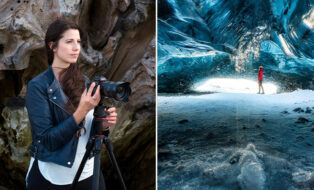


I’m on the verge of going back to LR to be honest, Just because of the digital asset management. Capture One are so far away from a smooth non-tethered workflow that it’s frustrating me no end.
Including not being able to keyword upon import, and not having a means to quickly review photos and mark as ‘picks’ or for ‘rejection’ (colour labels have specific meaning for me). I don’t want to move stuff to the catalog trash, then go into the trash, select it all, then delete the images – too many clicks for a simple task of getting rid of images I no longer want to keep.
All we need now is the ability to assign keywords at import.
Same here: Pick and Reject please.
Thank you Mr. Gonzalez. New to Capture 1 and trying to replicate the old date folder structure that Lightroom provided. Yours was the first article that demonstrating the use of “/” could provide the template. Thanks so much.
Capture Is an Excellent program written by Programmers, not Photographers and as a result, the GUI interface is poor to say the list there is no continuity.
I bought the program and have great regrets for wasting my time on a very long learning curve.
Simplify the GUI should be the number one priority for the developers.
You should look at the screen and the action should become obvious
Presently you have to watch a few videos before you can do anything very poor Interface.
Lightroom is not probably the greatest program out there the reason is POPULAR because is simple and has the best possible interface.